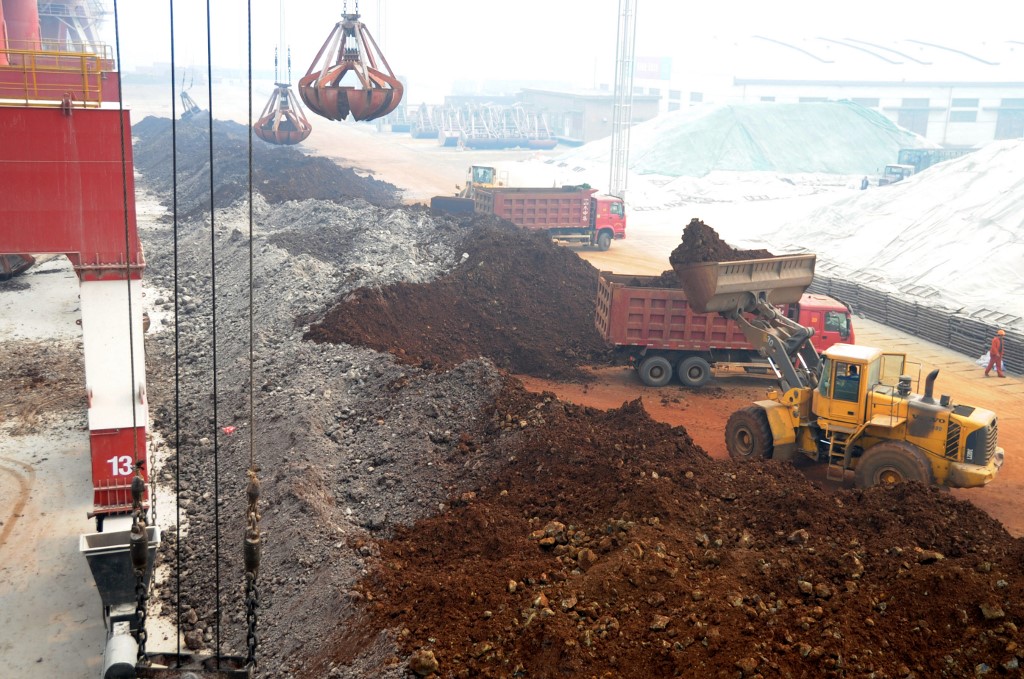(ATF) China has asserted its dominance of the world’s rare earths sector with the global industry moving to adopt the country’s metal and alloys standards as its own.
The move comes as China continues to battle US sanctions by withholding its rare earth exports leading to “emergency measures” in the States.
Rare earths are key raw materials for the manufacture of high-tech products such as smartphones, chips, aircraft engines and new energy production – and China now has an even bigger stranglehold on their production, mining and processing.
Read More: Tesla mulls Indonesia electric car parts factory
According to data from the China Rare Earth Industry Association in 2018, China’s rare earth production accounted for 85% of the global output.
The adoption of new safety standards and terminology will, according to the China Industrial Economic Information Network, improve the competitiveness of its rare earth industry and safeguard the country’s core interests and international influence.
Nearly 20 countries in the world are mining rare earths and the US Geological Survey claims these rare elements are “relatively abundant” in the earth’s crust, with the US alone sitting on 100 years’ worth of supplies.
But only China currently has the ability to purify and refine rare earths and transform them into precious minerals, magnetic powder and other high-value products.
PATENT NUMBERS
The level of processing technology is reflected in related patents. China has five national-level rare earth laboratories, compared with only one national-level laboratory in the United States, and rare earth research is also intermittent in the US.
As a result, China surpassed the United States in the number of patent registrations in 1997, and by 2021 the number of rare earth technology patents owned by China will exceed that of the United States and the rest of the world combined.
Although the United States is also currently mining rare earths, it can only do ore mineral extraction, and it still depends on China for the production of rare earth products.
It means the ore mined every year from rare earth mines must be shipped to China, refined into compounds and products, and then sold back to the United States.
SUPPLY CHAIN
The United States though has been planning to rebuild a rare earth supply chain independent of China. President Trump signed an order in September this year to speed up its development. But as incoming President Biden is promising a ‘green revolution’ the position of rare earths development in his plans is still unclear as rare earth processing is highly toxic.
The United States has turned to Australia, the world’s second largest rare earths producer, and asked Blue Line to cooperate with Australian company Lynas to build rare earth processing in Texas.
But with China now writing the standards for the rare earth industry, the US has some way to go.
























